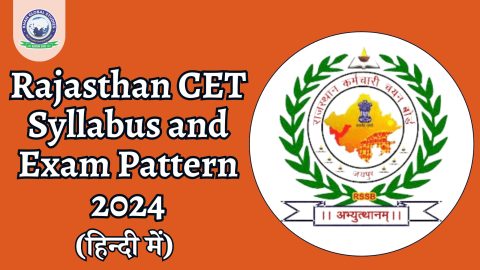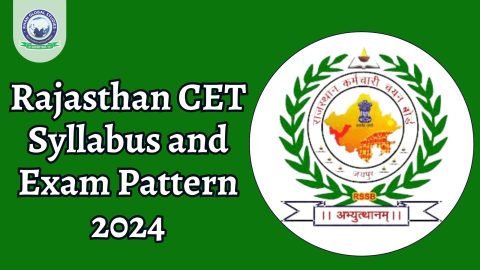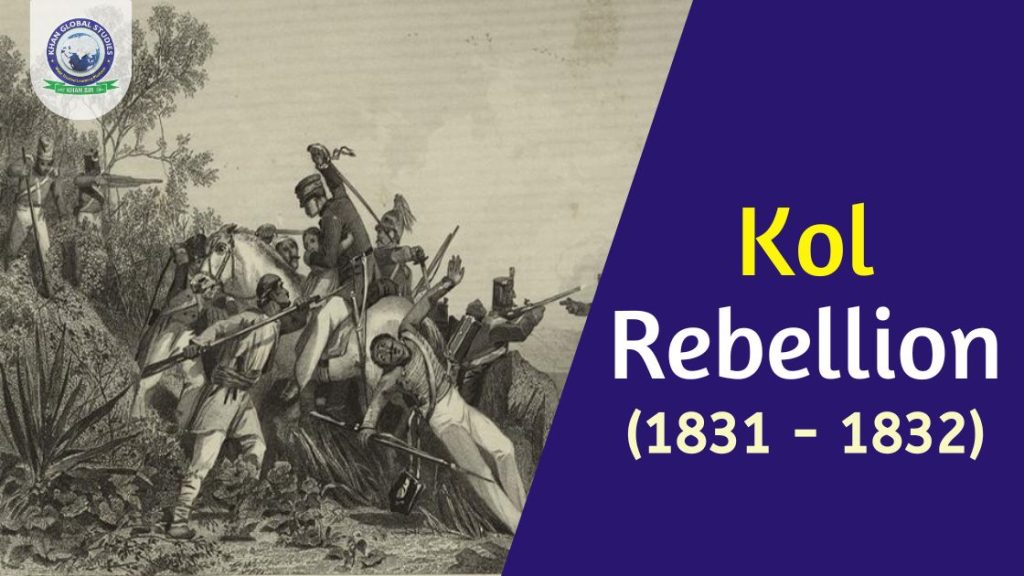The Kol rebellion was an important event in the history of India. It took place at the end of the 19th century, between 1831 and 1832. This happened in the Chhota Nagpur region of present-day Jharkhand. The people of the Kol tribe led this rebellion and this rebellion was against the atrocities of the British.
| Name of Rebellion | Kol Rebellion |
| Beginning of Rebellion | 1831 (Jharkhand) |
| Cause of Rebellion | Economic exploitation resulting from the land ownership and administrative systems implemented by the East India Company |
| Purpose of Rebellion | It was one of the first significant rebellions against British rule in India. This showed that the British were not invincible and that the natives of India were willing to fight for their freedom. |
| Result of the Movement | The rebellion led to several reforms in British policy towards the Kols. This included the creation of a new system of land ownership that gave Cole greater control over his land. |
About Kol Rebellion
The Kol rebellion took place between 1831 and 1832. It was a movement of the tribal Kol people of Chhota Nagpur, Jharkhand. The rebellion was caused by economic exploitation arising from the land ownership and administrative systems imposed by the East India Company. Let us tell you that the native of the Chhota Nagpur region, was part of the Bengal Presidency during the British rule in India.
What is the history of the Kol Rebellion?
The tribal Kol people of Chhota Nagpur rebelled between 1829 and 1839 in protest against economic difficulties caused by the land ownership and administrative institutions of the East India Company. In British records, this rebellion is also called the Kol Rebellion. Other communities like Mundas, Oraons and Hos joined the Kol people.
Around 1819 a rebellion broke out in South Bihar and the recently ceded neighboring territory in response to the appointment of a political agent to the government. Large numbers of people migrated to these areas where many tribal tribes resided. These tribes had no central authority and their lands were divided among families who belonged to the Paraha or Sabha.
What was the reason for Kol’s Rebellion?
The main reasons for this movement included new land taxes and laws. Let us tell you that during that time the British had implemented many new land taxes and laws due to which the Kol people had to face a lot of problems. These taxes and laws made it difficult for the Kol people to make a living and pushed many of them into poverty.
Other major causes of the rebellion included denying the Kol people access to education and government jobs and confiscation of local people’s land as security for loans.
Beginning of the Kol Rebellion
People of Kol tribe lived in the Chhota Nagpur region of India. In the early 19th century, the East India Company extended its control over Chhota Nagpur. The Company introduced many new land ownership and administrative systems and this created economic problems as well as land ownership problems for the Kol people.
This rebellion took place in 1831 under the leadership of the Kol tribe and its leaders were Budhu Bhagat, Joa Bhagat, Jhindriya Manki Madara Mahat etc. Cole had rebelled against the East India Company. Initially, the rebellion was successful. The Kols were able to capture several cities and villages. However, the Kols were later defeated by the British and the rebellion had a significant impact on British policy in Chhota Nagpur.
What was the significance of the Kol Rebellion?
This movement was an important event in Indian history. This was one of the first major rebellions against British rule. This showed that the British were not invincible and that the natives of India were willing to fight for their freedom. As a result, the British government had to make some reforms in its land ownership and administrative policies in Chhotanagpur.
What was the result of the Kol Rebellion?
As the rebellion grew, the British realized that they needed to change their land ownership and administrative systems to avoid future movements. As a result of the rebellion the British made many reforms. This included the creation of a new system of land ownership that gave Cole greater control over his land. This rebellion laid the foundation for the future Jharkhand movement.
FAQs
Question: Where did the Kol Rebellion start?
Answer: This rebellion took place in Jharkhand.
Question: Who was the leader of the Kol Rebellion?
Answer: This rebellion of 1831-32 was led by Buddhu Bhagat.
Question: When did the Kol Rebellion take place?
Answer: This rebellion took place in the early 19th century.




